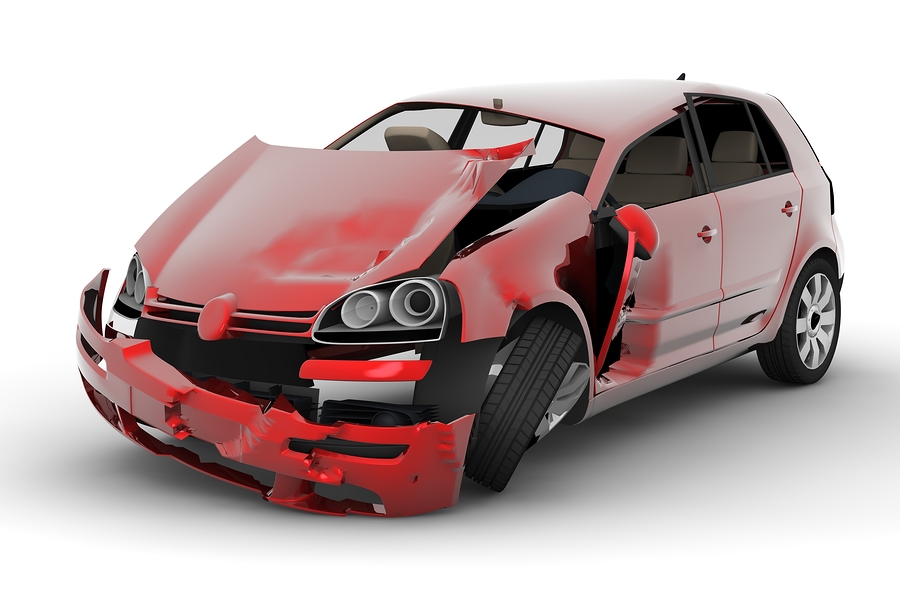The FMCSA establishes rules and regulations for commercial truck drivers. Knowledge of these rules and possible violations of them can seriously affect any attempt to win damages for property damages and injuries sustained in an accident.
For example, if you were hit by a commercial truck driver, you should explore the options for hiring an experienced attorney with special knowledge of trucking regulations. According to an article posted at FMSCA.dot.gov, the latest change in rules mandate at least a 30-minute break after 8 hours of driving. Violations of this rule that result in accidents make it more likely you would win an award based on both your injuries and punitive damage.
The new rules about mandated breaks might work against your interests when claiming compensation for a commercial truck accident. Drivers can take their 30-minute break concurrently when they’re not driving and performing other duties like unloading, fueling, etc. The law actually mandates a 30-minute break from continuous driving, which can mean any change in duty status.

Common FMCSA Violations
There are many potential FMCSA violations of truck driver regulations according to information posted at FMSCA.dot.gov. According to information published at fmcsa.dot.gov, the most common violations include:
- Moving Violations
Moving violations include a variety of potential truck driver violations like speeding, failure to yield the right-of-way, following too closely, etc. Different states have state-specific measures that drivers must follow when driving in the state.
- Failure to Obey Traffic Lights or Signs
Failure to obey traffic control devices makes truckers liable for any related accidents. - Railroad Crossing Violations
Semi-trailers might be required to stop at railroad crossings if they’re carrying certain types of hazardous materials. These materials include cargo that has a temperature higher than its flashpoint, toxic chemicals and other hazardous materials. - Dangerous Driving
Dangerous driving violations include following too closely, making improper turn or lane changes and driving dangerously. - Distracted Driving
Examples include using a mobile phone, texting or fiddling excessively with an entertainment device. - Personal Violations of Procedures
Personal violations include failing to wear a seatbelt, driving while impaired due to drugs or alcohol, having an open container of alcohol, giving a ride to an unauthorized person, failure to use hazard warning flashers when necessary and using a radar detector. - Failing to Require Use of Restraints
All authorized passengers must be properly restrained by a safety belt or device.
The three most often cited FMCSA violations that lead to judgments against truck drivers in compensation cases are violating the 14-hour driving limit, the 60-hours in 7 days driving limit and the 70 hours in 8 days driving limit.
FMCSA Clearinghouse
Truck drivers can be researched at the FMCSA clearinghouse to find out whether a particular driver has a history of drug or alcohol abuse while operating commercial vehicles. Employers, medical review officers and law enforcement officers are authorized to use the clearinghouse.
Image Source: BigStockPhoto.com (Licensed)
Related Categories: Work, Reviews







